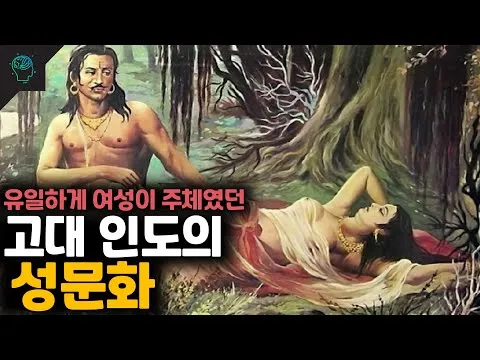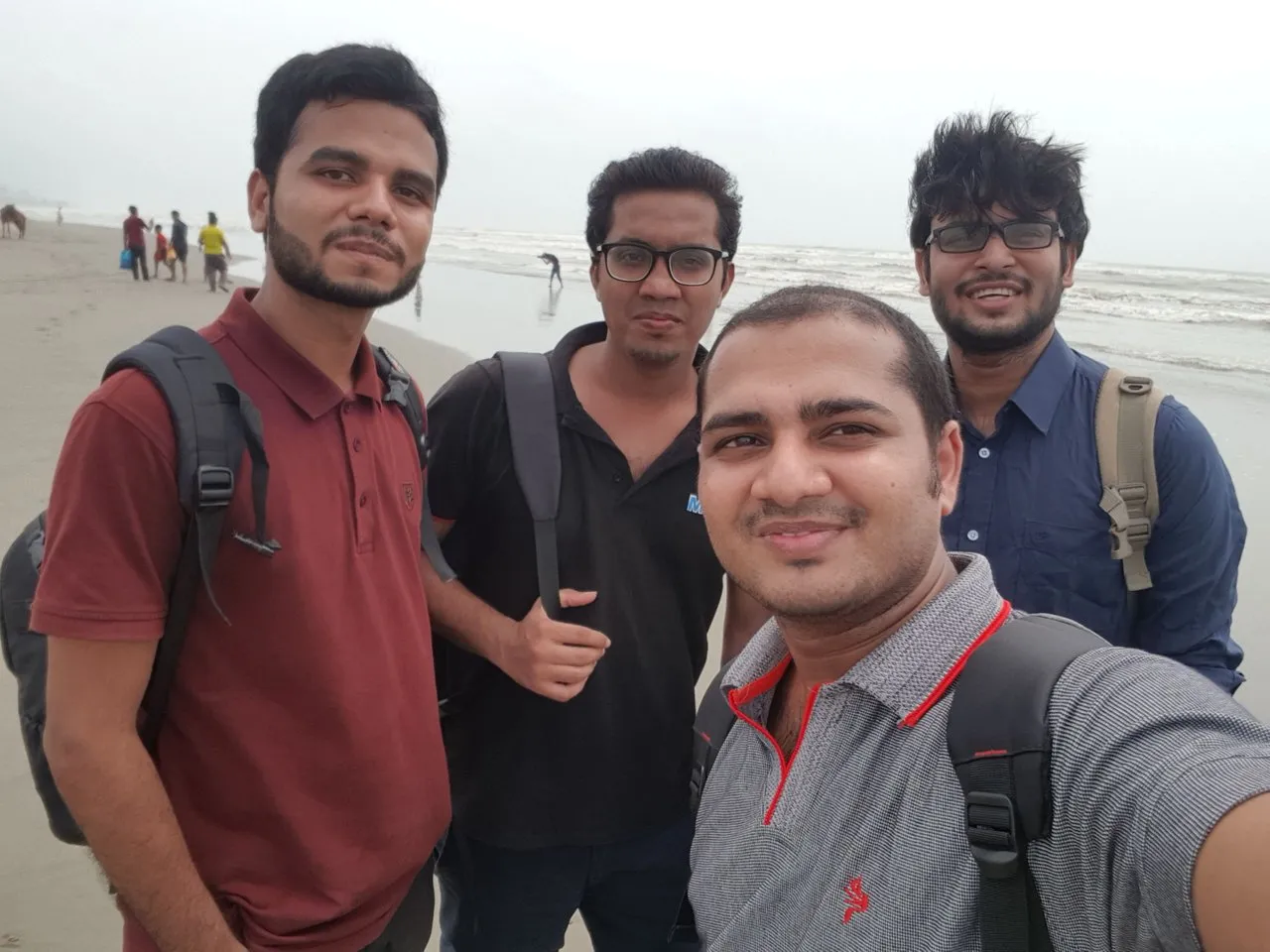
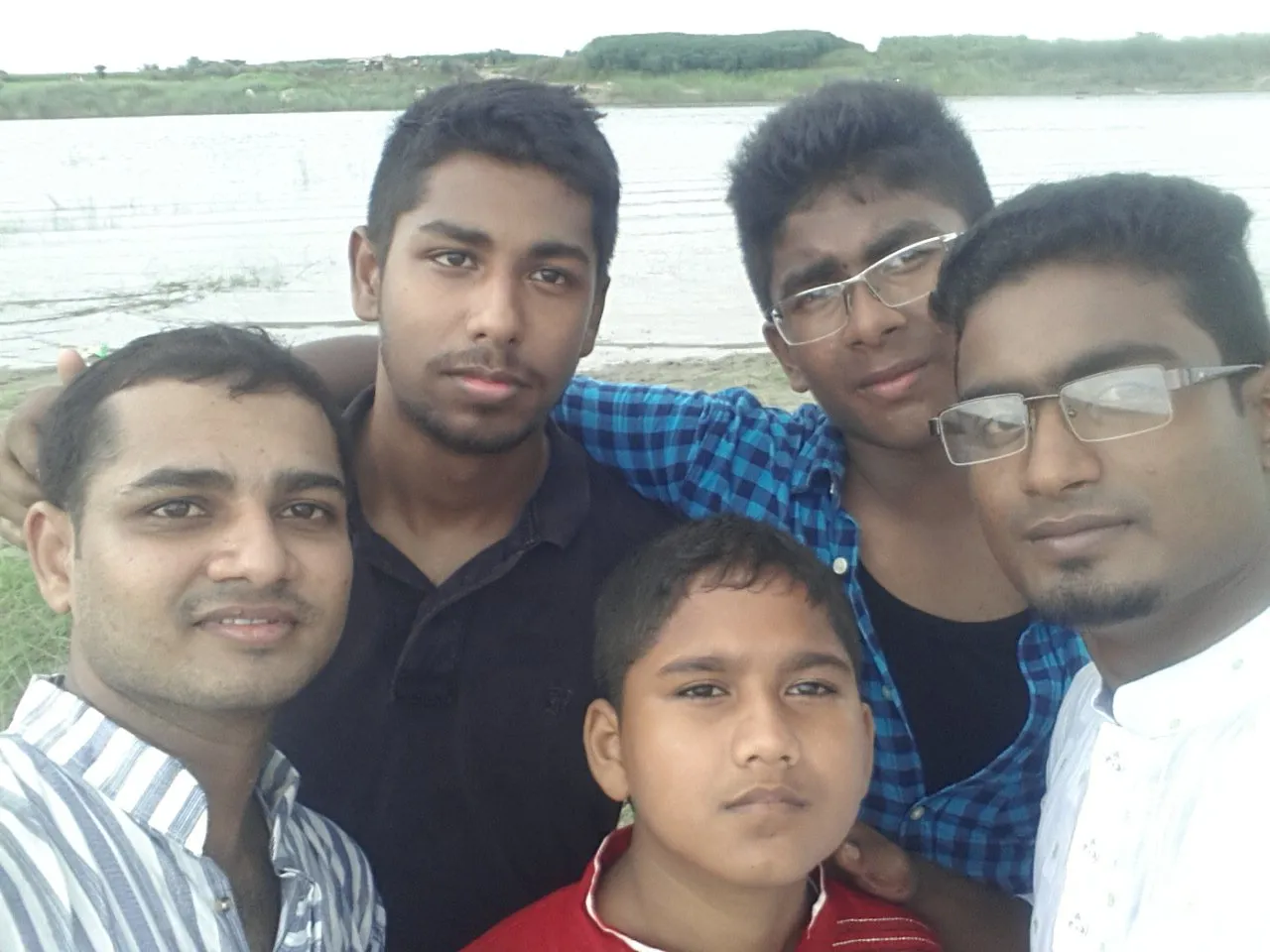
My wonderful friend Hassan is from Bangladesh and showed me pictures of his relatives and friends.
I was very interested in reading the articles of Hassan, a handsome man from the Indian subcontinent!
This is because the civilization of the Indian subcontinent has been very mysterious and attractive to East Asian men since ancient times!
The influence of Indian civilization on the birth of East Asian civilization!?
The ancient Chinese were impressed by the development and wealth of Indian civilization, so many Chinese visited the Indian subcontinent.
They imported Indian religion, science, mathematics, philosophy, and medicine, and as a result, Buddhism from India spread throughout East Asia.
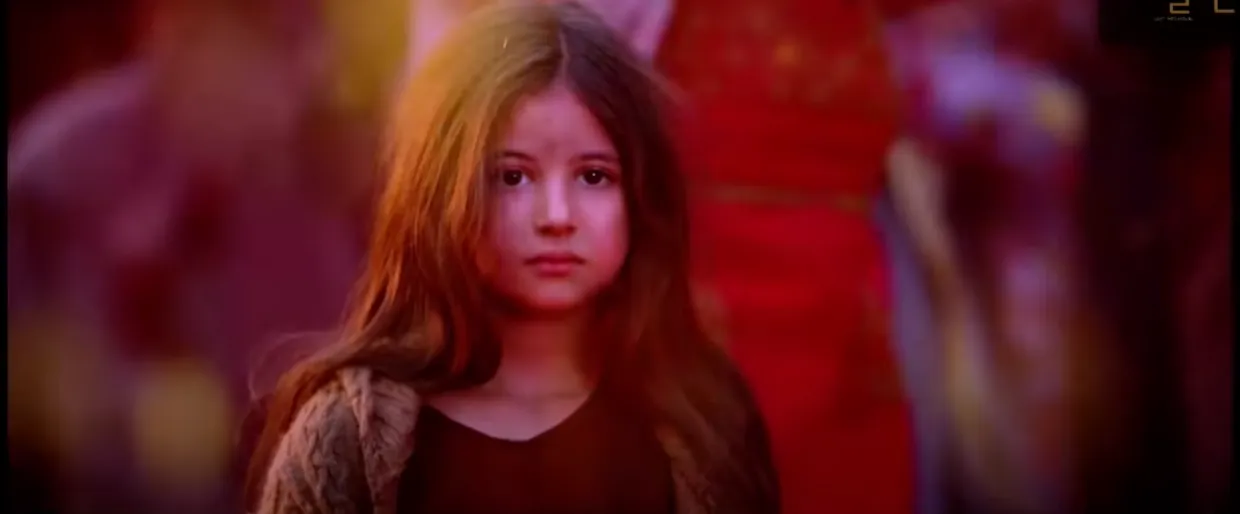
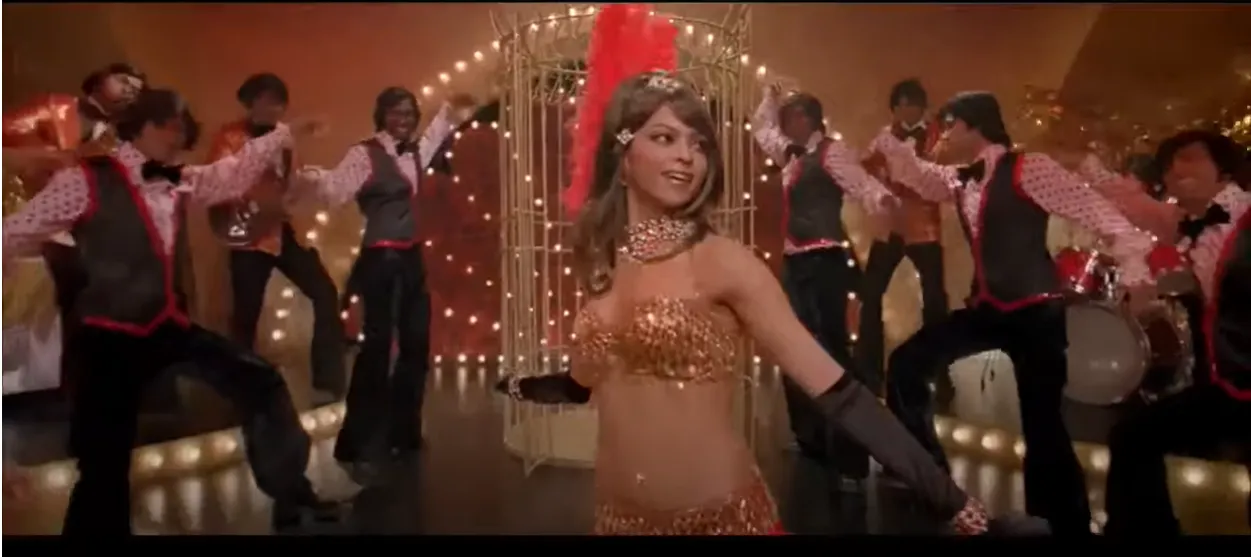
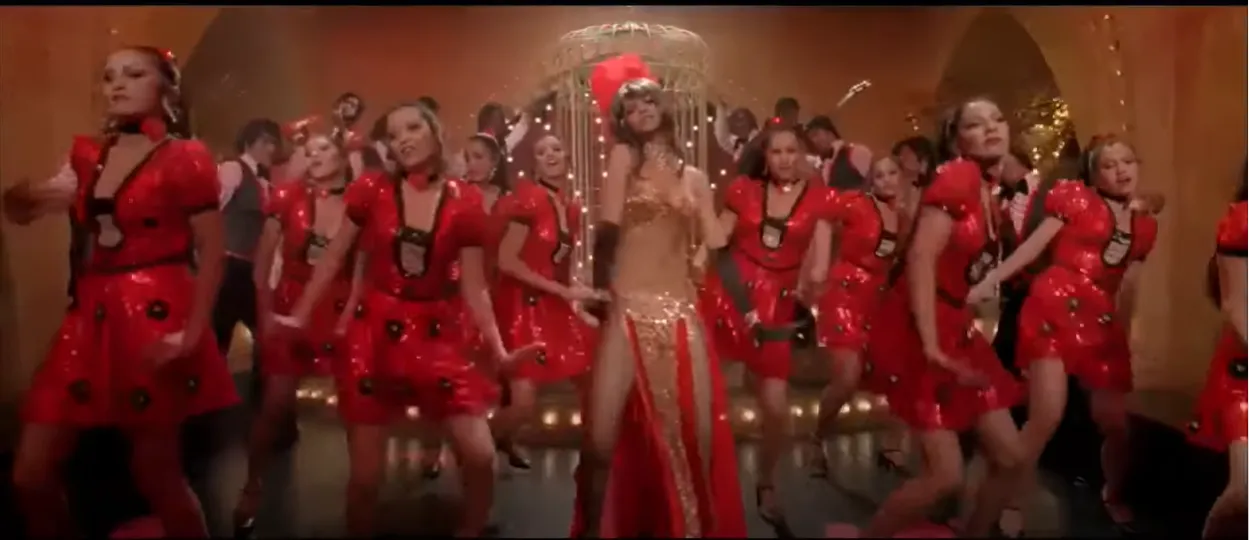
In the world I live in, many men are of the opinion that Indian women are the most beautiful in the world!😃
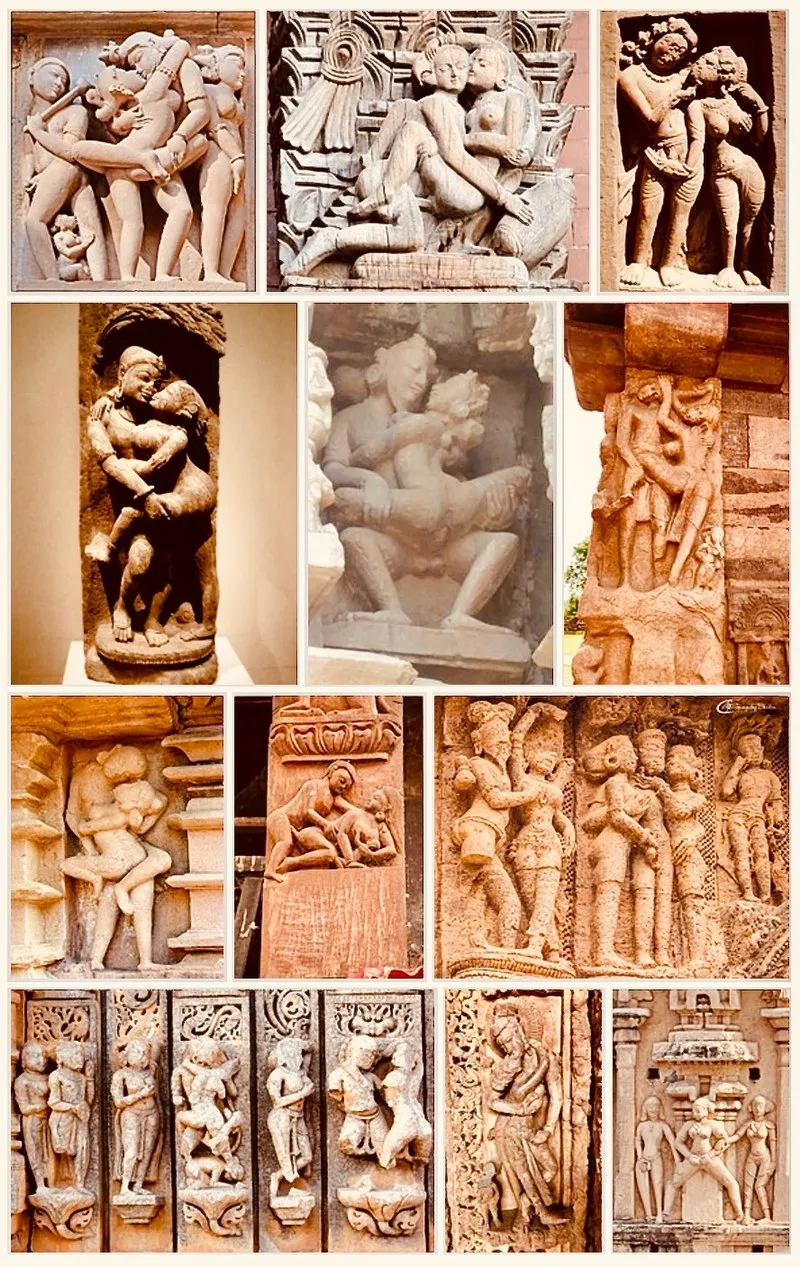 Kama-related arts are common in Hindu temples. These scenes include courtship, amorous couples in scenes of intimacy (mithuna), or a sexual position. Above: 6th- to 14th-century temples in Madhya Pradesh, Uttar Pradesh, Rajasthan, Gujarat, Karnataka, Chhattisgarh, Odisha, Tamil Nadu, Andhra Pradesh and Nepal.
Kama-related arts are common in Hindu temples. These scenes include courtship, amorous couples in scenes of intimacy (mithuna), or a sexual position. Above: 6th- to 14th-century temples in Madhya Pradesh, Uttar Pradesh, Rajasthan, Gujarat, Karnataka, Chhattisgarh, Odisha, Tamil Nadu, Andhra Pradesh and Nepal.
The Kama Sutra (/ˈkɑːmə ˈsuːtrə/; Sanskrit: कामसूत्र, pronunciation (help·info), Kāma-sūtra; lit. 'Principles of Love') is an ancient Indian[1][2] Sanskrit text on sexuality, eroticism and emotional fulfillment in life.[3][4][5] Attributed to Vātsyāyana,[6] the Kama Sutra is neither exclusively nor predominantly a sex manual on sex positions,[3] but rather was written as a guide to the art of living well, the nature of love, finding a life partner, maintaining one's love life, and other aspects pertaining to pleasure-oriented faculties of human life.[3][7][8] It is a sutra-genre text with terse aphoristic verses that have survived into the modern era with different bhāṣyas (exposition and commentaries). The text is a mix of prose and anustubh-meter poetry verses. The text acknowledges the Hindu concept of Purusharthas, and lists desire, sexuality, and emotional fulfillment as one of the proper goals of life. Its chapters discuss methods for courtship, training in the arts to be socially engaging, finding a partner, flirting, maintaining power in a married life, when and how to commit adultery, sexual positions, and other topics.[9] The majority of the book is about the philosophy and theory of love, what triggers desire, what sustains it, and how and when it is good or bad.[10][11]
The text is one of many Indian texts on Kama Shastra.[12] It is a much-translated work in Indian and non-Indian languages. The Kamasutra has influenced many secondary texts that followed after the 4th-century CE, as well as the Indian arts as exemplified by the pervasive presence Kama-related reliefs and sculpture in old Hindu temples. Of these, the Khajuraho in Madhya Pradesh is a UNESCO World Heritage Site.[13] Among the surviving temples in north India, one in Rajasthan sculpts all the major chapters and sexual positions to illustrate the Kamasutra.[14] According to Wendy Doniger, the Kamasutra became "one of the most pirated books in English language" soon after it was published in 1883 by Richard Burton. This first European edition by Burton does not faithfully reflect much in the Kamasutra because he revised the collaborative translation by Bhagavanlal Indrajit and Shivaram Parashuram Bhide with Forster Arbuthnot to suit 19th-century Victorian tastes.[15]
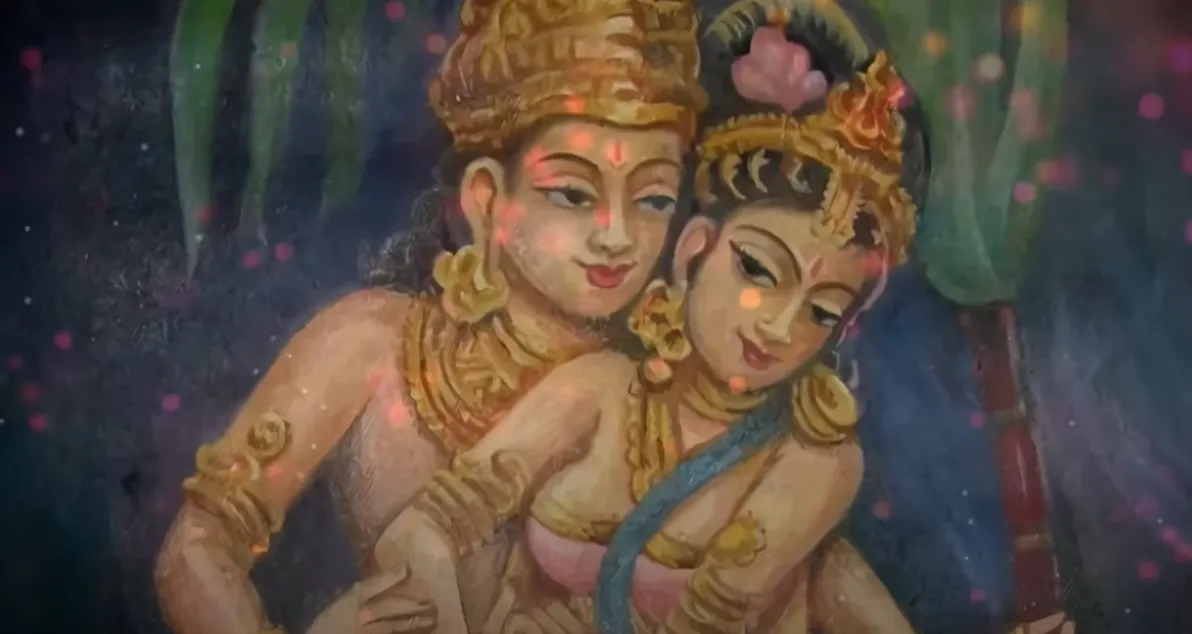
Since ancient times, men in East Asia, including China, have had sexual fantasies while reading The Kama Sutra and seeing the voluptuous bodies and sensuality of Indian women!😄
I wonder how my brother Hasan felt comparing Chinese and Indian women!😊
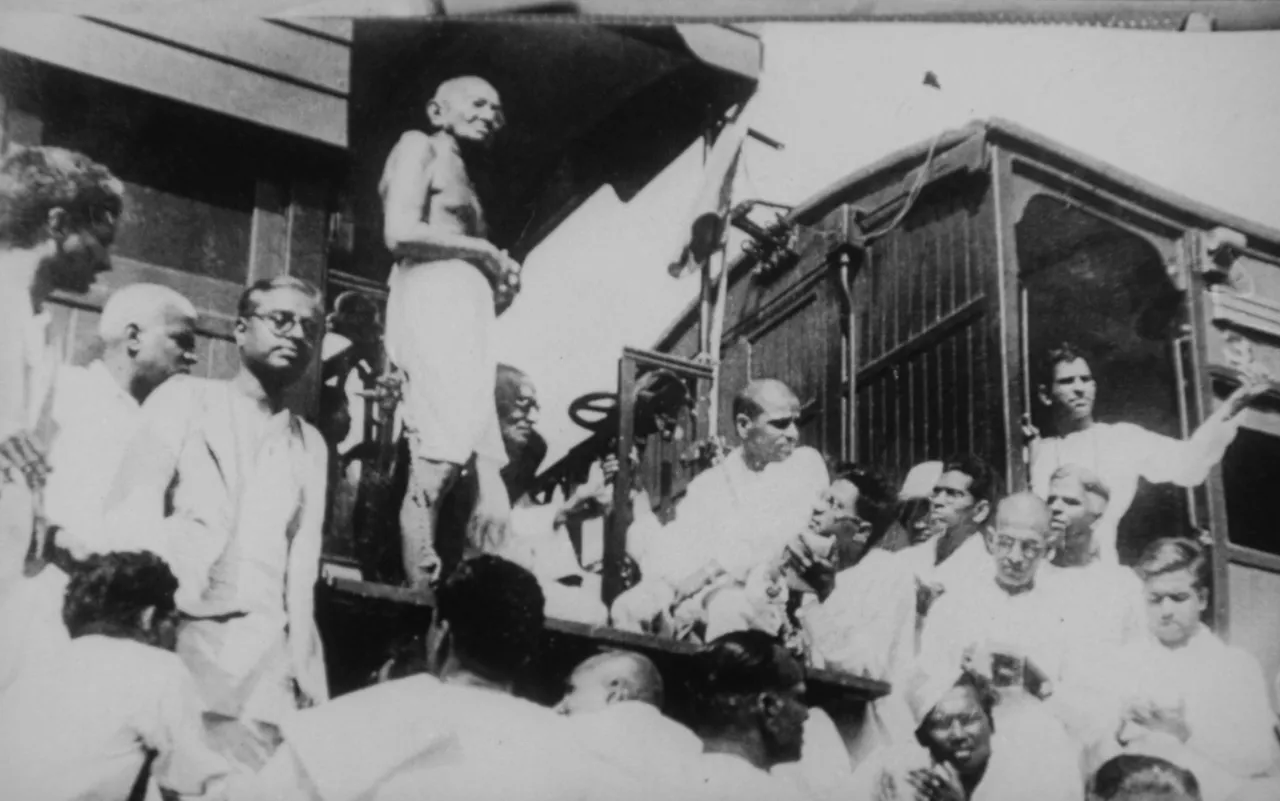 Gandhi visiting Madras (now Chennai) in 1933 on an India-wide tour for Dalit (he used Harijan) causes. His writings, and speeches during such tours, discussed the discriminated-against castes of India.
Gandhi visiting Madras (now Chennai) in 1933 on an India-wide tour for Dalit (he used Harijan) causes. His writings, and speeches during such tours, discussed the discriminated-against castes of India.
The caste system in India is the paradigmatic ethnographic instance of social classification based on castes. It has its origins in ancient India, and was transformed by various ruling elites in medieval, early-modern, and modern India, especially the Mughal Empire and the British Raj.[1][2][3][4] It is today the basis of affirmative action programmes in India as enforced through its constitution.[5] The caste system consists of two different concepts, varna and jati, which may be regarded as different levels of analysis of this system.
The caste system as it exists today is thought to be the result of developments during the collapse of the Mughal era and the rise of the British colonial government in India.[1][6] The collapse of the Mughal era saw the rise of powerful men who associated themselves with kings, priests and ascetics, affirming the regal and martial form of the caste ideal, and it also reshaped many apparently casteless social groups into differentiated caste communities.[7] The British Raj furthered this development, making rigid caste organisation a central mechanism of administration.[6] Between 1860 and 1920, the British incorporated the Indian caste system into their system of governance, granting administrative jobs and senior appointments only to Christians and people belonging to certain castes.[8] Social unrest during the 1920s led to a change in this policy.[9] From then on, the colonial administration began a policy of positive discrimination by reserving a certain percentage of government jobs for the lower castes. In 1948, negative discrimination on the basis of caste was banned by law and further enshrined in the Indian constitution in 1950;[10] however, the system continues to be practiced in parts of India.[11] There are 3,000 castes and 25,000 sub-castes in India, each related to a specific occupation.[12]
Caste-based differences have also been practised in other regions and religions in the Indian subcontinent, like Nepalese Buddhism,[13] Christianity, Islam, Judaism and Sikhism.[14] It has been challenged by many reformist Hindu movements,[15] Sikhism, Christianity,[14] by present-day Indian Buddhism.[16] With Indian influences, the caste system is also practiced in Bali and parts of Southeast Asia such as Cambodia, Laos and Thailand.[17][18][19]
India after achieving independence in 1947 enacted many affirmative action policies for the upliftment of historically marginalized groups as enforced through its constitution. These policies included reserving a quota of places for these groups in higher education and government employment.
However, at the same time, East Asian men discovered the light and darkness of the Indian subcontinent while watching The caste system in India.😯
My brother Hassan is a Muslim, so I don't know how he feels or thinks about the caste system in Hinduism!
From my point of view, I understand the essence of Indian civilization through the Kama Sutra and the caste system!
So, I argue to Hassan that the Kama Sutra and the caste system form the foundations of Indian civilization!
I would like to introduce Hassan to an Indian movie that I recently watched most deeply!
 The White Tiger
The White Tiger
The White Tiger is a 2021 drama film written and directed by Ramin Bahrani. The film stars Adarsh Gourav, Priyanka Chopra Jonas, and Rajkummar Rao. The film was produced by Mukul Deora and Ramin Bahrani, and executive produced by Chopra Jonas, Prem Akkaraju, and Ava DuVernay.[1][2][3] An adaptation of Aravind Adiga's 2008 novel of the same name, the story is about Balram, who comes from a poor Indian village and uses his wit and cunning to escape from poverty.
Adiga published his book and decided to adapt it into a film in late 2010, with the rights being sold to producer Mukul Deora, but the film was not made for some years. Bahrani was chosen to helm the adaptation, and was eager to do so, having read early drafts of the novel even before it was published.[4] Filmed extensively across Delhi in October to December 2019, The White Tiger premiered at Las Vegas on 6 January 2021,[5] and was screened at limited movie theatres in the United States on 13 January.[5] It was released globally through the streaming platform Netflix on 22 January 2021.[6] The White Tiger received positive reviews from critics who praised its direction, screenplay, cinematography and the performances by the cast. At the 93rd Academy Awards, the film was nominated for Best Adapted Screenplay.
The Indian film The White Tiger brought great shock and sympathy to men in the world I live in!
The film depicts the caste system that still exists in modern India, the extreme gap between rich and poor, and the irrationality and corruption of the political and economic structure!
Balram, the main character in the film, has such outstanding abilities that he is called a white tiger by teachers at a primary school in Delhi.
However, he became his rich man's chauffeur because his house was very poor and he belonged to the lowest caste.
He was originally an honest and kind person, but gradually turned into a villain due to the immorality and corruption of Indian society.
As he was accused of being the culprit of a car accident caused by a wealthy man, he even felt threatened by his life. The rich man even took his family hostage.
He eventually commits a crime after realizing that money is the only way out of slavery.😨
The film ends with Balram running away and succeeding as a businessman.
By paying bribes to politicians and powerful people, he is guaranteed wealth, power, and security.
Balram's life clearly showed the immorality and corruption of Indian society, which prides itself on being a democratic country.
He said this at the beginning of the film.
Islam has one god, Christianity has three gods.
There are 36 million gods in Hinduism.
Indians are both religious and non-religious.
I interpreted Balram's cynical remark to mean that all men and the world have a duality!
Balaam concluded that political and religious institutions were in fact a vehicle for the rich and powerful to exploit the poor!
Balaam showed us the ugly truth that only those with money can have freedom and rights in the modern world!
Criticism and satire on the capitalist system created by the civilization of the Indian subcontinent from a different perspective than Western civilization gave an East Asian man like me a fresh shock and emotion!
So, the imagination and creativity of Indian civilizations always give me new fun, emotion and knowledge!
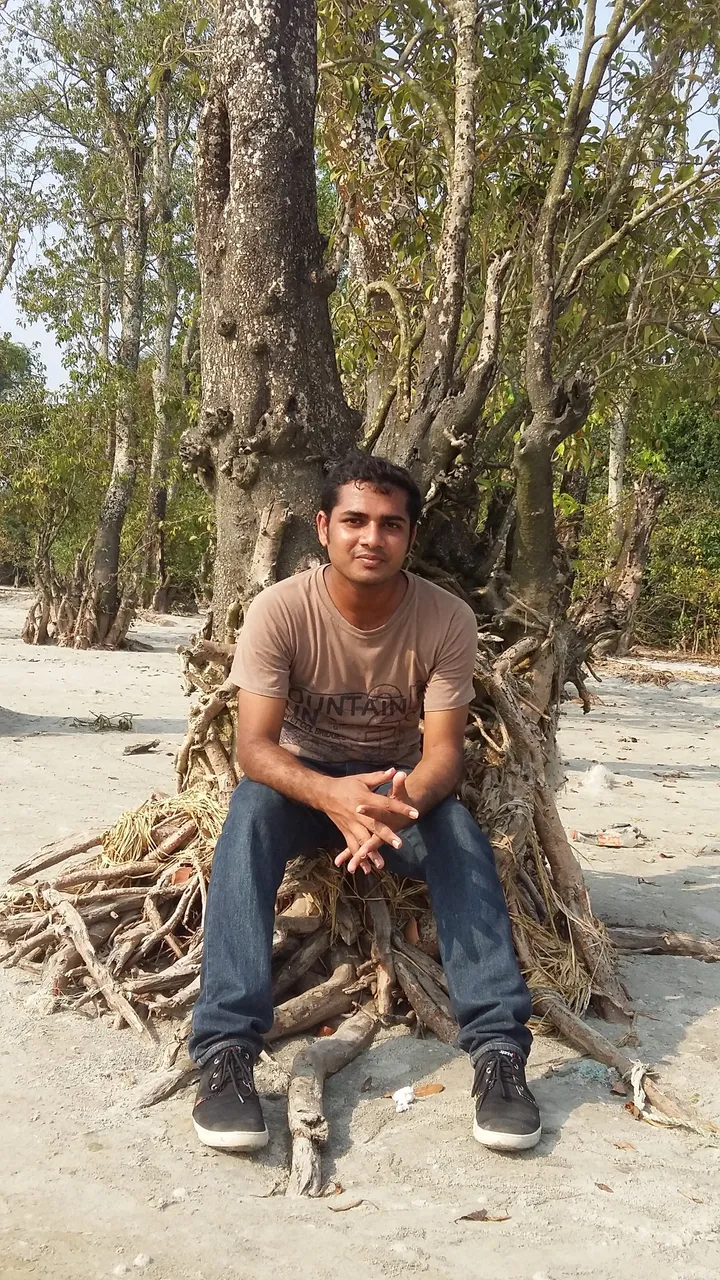
I remember that Indian civilization was built by Iranian Aryans.
Hassan also claimed to be Aryan.
Nevertheless, it is surprising and mysterious that they built a civilization completely different from that of Europeans!
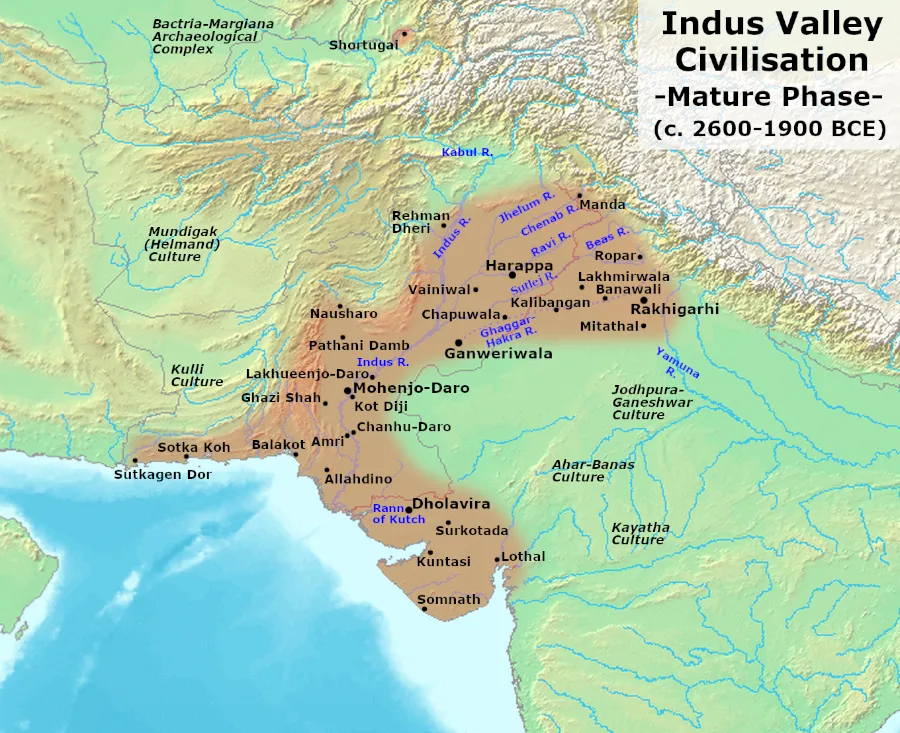 Indus Valley civilisation, mature phase (2600–1900 BCE)
Indus Valley civilisation, mature phase (2600–1900 BCE)
It is a mystery to me that Europeans did not eventually make the Indian subcontinent a European civilization!😀

